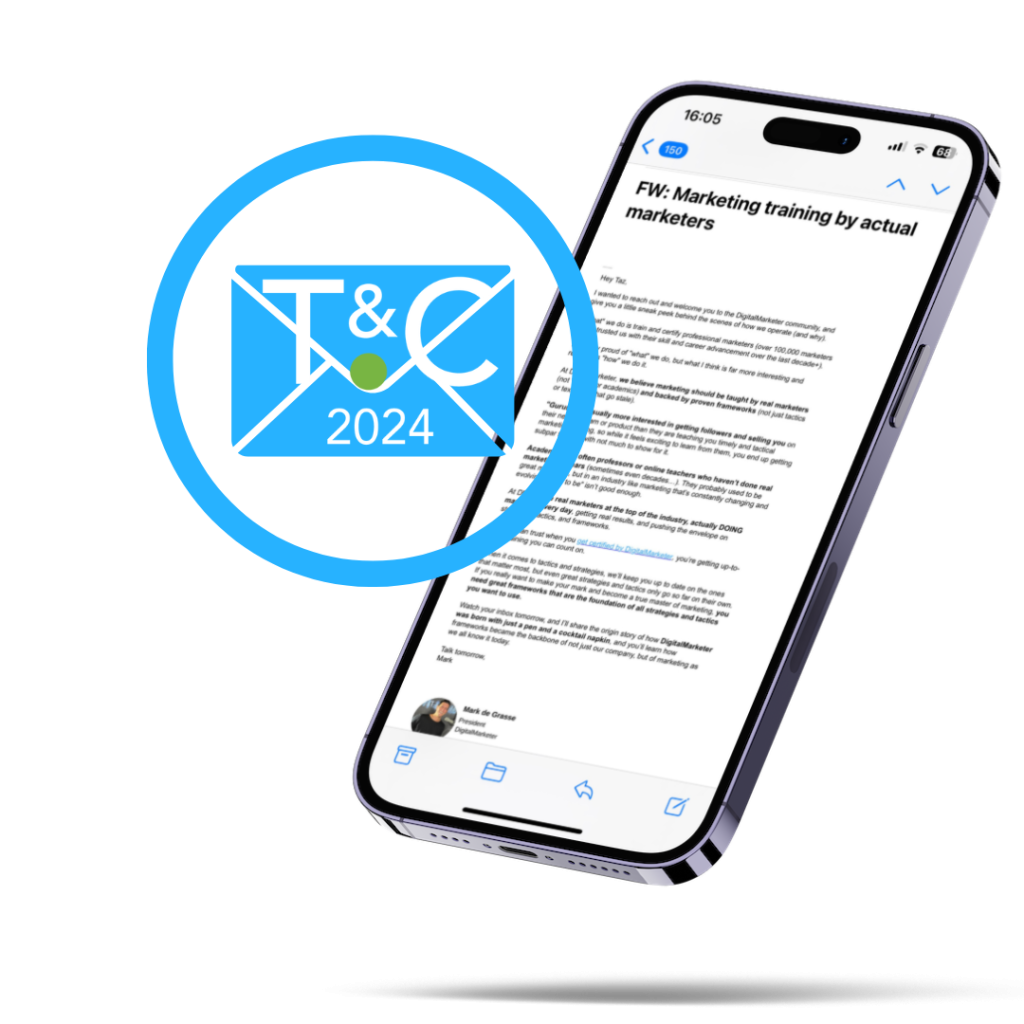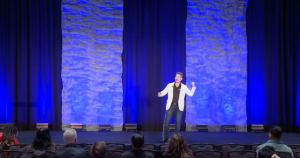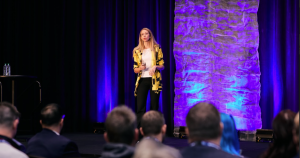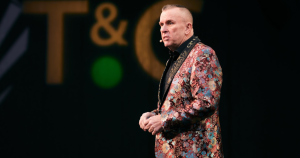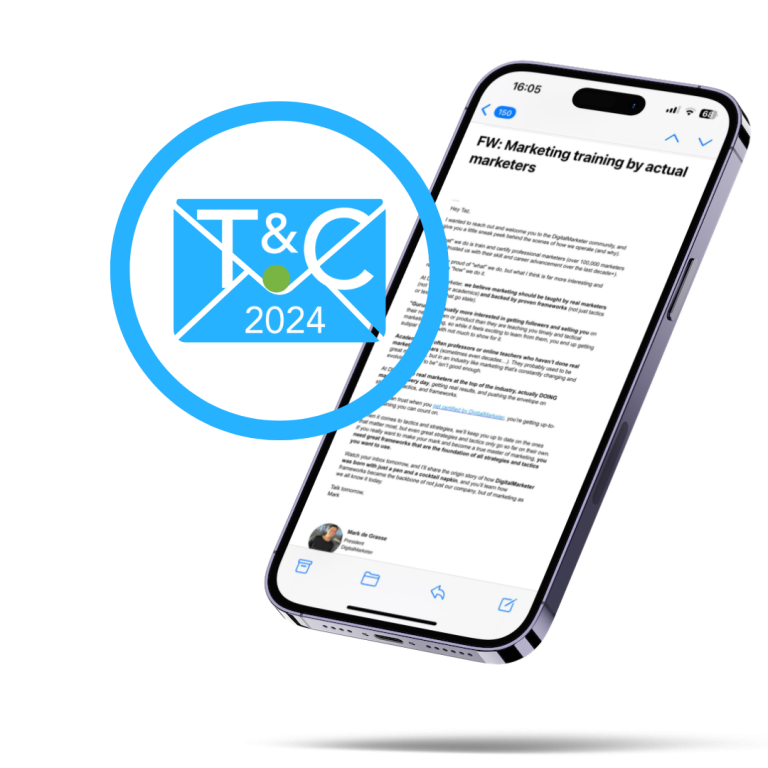Turning 1 Customer Into 3: Strategies to Turn Happy Customers into Brand Evangelists and Promoters
Business owners initially start their company with one goal in mind: make sales.
After a few successful years, it starts to become clear they need more than just sales to keep growing—they need their customers to advocate for them on a regular basis.
Customers who are evangelists or promoters for a brand become salespeople who pay you. As a business owner, you can have your customers do the heavy lifting of bringing in more customers, and here’s the thing:
They’ll love to do it.
When your customers are more than happy to talk about your brand and tell their friends, family, and colleagues why they need your product—your business will start to go on cruise control.
How do you turn happy customers into brand evangelists and promoters?
By bringing your customers down a journey that looks like this:
- They make a purchase
- The share the purchase on social media
- They write a testimonial about the purchase
- They join your referral program
- They bring in their family, friends, and colleagues
Richard Lindner, co-founder and President of DigitalMarketer, has narrowed down the 5 steps it takes to bring a customer through this journey of buying a product to making a referral sale.
Step 1: Identify the Trigger
When is my customer the most excited about you, your product, your service, or your brand?
In the DigitalMarketer Customer Value Journey, this is the Excite Stage and it generally comes after somebody makes their first purchase, receives a product or service, or receives the BENEFIT of the product or service.
This post-purchase buzz makes customers feel like they want to tell their friends about what they’ve just bought or show off what they’re investing in.
During the Excite Stage, customers are more likely to share their new purchases or results on social media—which means this is the ideal time to ask them. For example, after every Amazon purchase, customers are asked if they want to share their purchase on social media.
Here’s a key part of Step 1—you need to make sure that you’re telling them what to do and what to say. You don’t want to tell them to share their purchase on social media, and not give them a direct link to Facebook or Twitter. You also don’t want them to have to think of what they are going to say about their purchase.
These are friction points. By telling them where to share and what to say in their post, you’ll make the process of sharing easy and seamless.
Step 2: Encourage and Enable the Trigger
How can you elevate your customer’s status and make them feel like they’re a part of something bigger by engaging with your brand?
Your customers don’t buy from you to own a new product or get a result—they buy because they want to be part of something bigger than what the product or result will grant them. People get behind movements, and you want them to feel like being a customer of your brand makes them a part of something bigger than themselves.
You can do this several ways, and here are just a few examples:
- Create and promote a brand hashtag
- Ask for feedback
- Run a contest (with the hashtag)
- Celebrate and promote your customers on your own media
In Step 2, you’re going to be asking your customers to engage on a level passed just sharing their purchase on social media with your pre-written text. You’re going to ask them to take part in the bigger picture.
For example, Red Bull runs a brand hashtag of #Putacanonit. This spreads Red Bull across social media through user-generated content and shows their customers being part of a creative challenge that anybody can take part in—as long as they have a can of Red Bull.
Step 3: Reward the Trigger
How can you motivate and incentivize your customer to graduate from sharing your content and hashtags to telling their friend to buy from you?
Now that we’ve identified the trigger and figured out how to encourage and enable it, it’s time to figure out how we’re going to reward it. Right now, your customers are passively advocating for your brand by sharing their new product on social media and taking part in your challenges. It’s time to ask them to start actively advocating by incentivizing them with rewards.
What type of rewards are we talking about?
- Shout outs
- Swag
- Access to exclusive content/events/groups/etc.
- Free stuff
In return for this reward, you’re going to ask people for feedback on their experience. You want their testimonials so you can use them in future marketing materials to show that your products or services are exactly what a new customer is looking for.
Step 4: Perpetuate the Trigger
Now that you’ve created the collateral to predictably turn customers into advocates, how can you automate it?
When marketers say automation, we generally think of email funnels and chatbots. But that’s not what this type of automation means. Since you want to keep asking customers to promote your products, you don’t want them to get a non-personalized email they know wasn’t written from you, but is trying to come off like it was.
Automation really means that you’re just not the one who’s doing it. That gives the option to hire people that can be accountable for perpetuating the excitement that comes from your products. These can be Community Managers, Customer Support teams, the Social Media teams, etc.
Step 5: Repeat
How do we get customers to repeatedly promote your brand?
In the last step of turning customers into brand promoters, you’re going to create a rewards program. This program is going to continually reward your customers for bringing new customers in.
There are 3 steps to creating a successful Rewards Program:
#1: Choose the rewards or incentive
- Single or double-sided rewards
- Ex. Dropbox gives away extra storage to you and whoever signs up using your referral link
- Monetary or Non-Monetary incentives
- Ex. Uber gives you $20 off your next few rides if somebody uses your referral link to sign up for a new Uber account
#2: Choose a referral management program (here are a few examples):
#3: Tell your customers and users about it
- Launch your program and make a big deal about it (aka create excitement!)
- Create promotional assets like banners, email creative, etc.
- Put promotions in high visibility places, like on your confirmation page, thank you page, invoice email, blog post, video, FB chatbot, etc.
- Create a triggered campaign after a customer leaves a review or positive survey response
Those are the 5 steps that will turn your customers into brand evangelists and promoters. As advocates for your brand, they’ll be your sales team, helping you reach new customers without having to do anything other than creating great products and services that people want to talk about and share with their network.
Want to learn more?
Traffic & Conversion Summit 2020 is happening December 15 – 17 in San Diego. In 3 content-packed days, you’re not only going to get expert sessions from Ryan Deiss but also marketing legends like Marcus Lemonis, Roland Frasier, Billy Gene Shaw, Ezra Firestone, Mari Smith, Rachel Bell, Kevin Harrington, Kristen Bryant, Richard Lindner, Goldie Chan, Chalene Johnson and many more.


